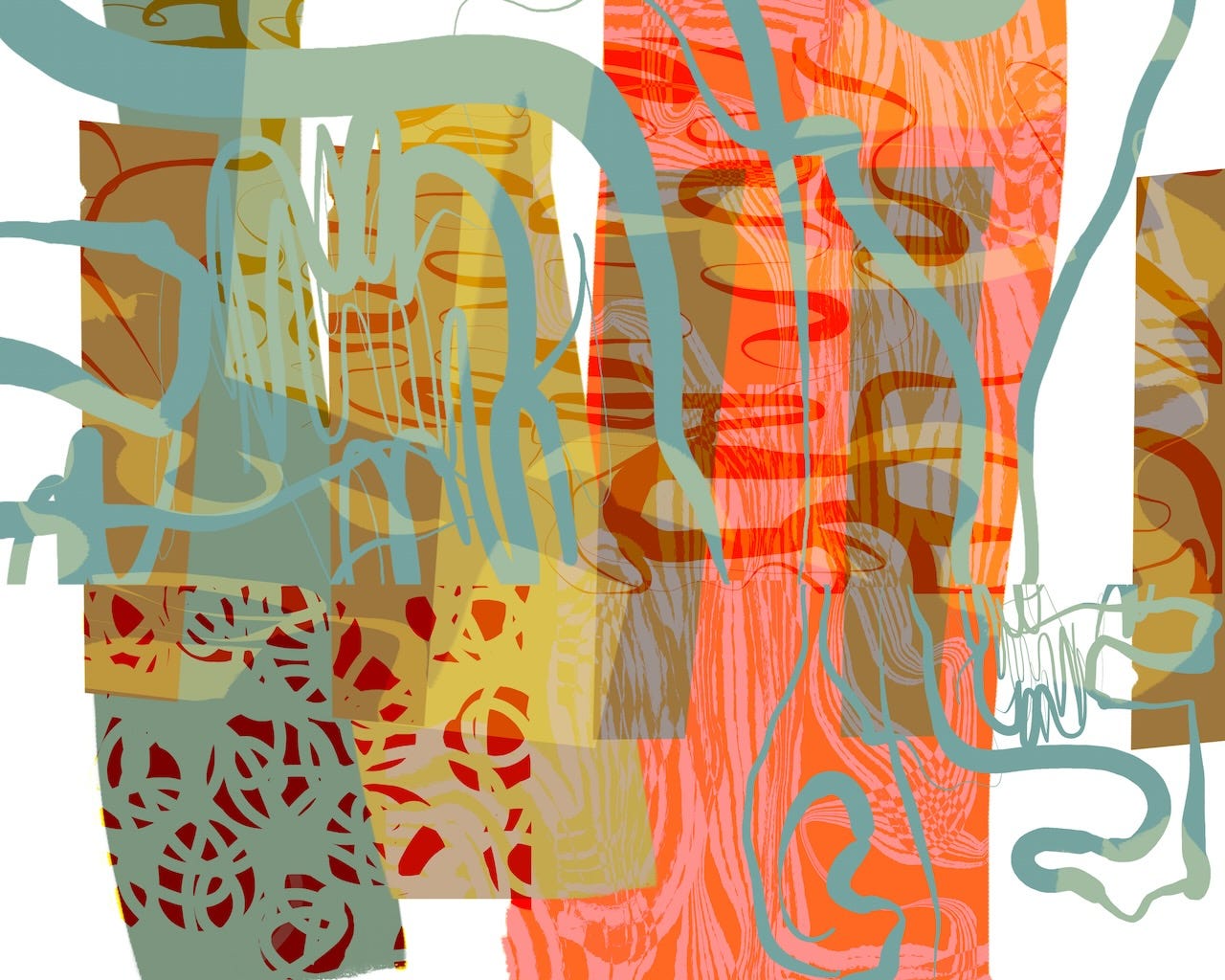Get it in Writing
Longhand writing can fluidly generate your story’s first draft
I’m writing this longhand. You’re reading it typed. It ends online, but it begins on paper.
I use a flavor of cursive, not exactly the one I was taught in third grade but close, letters flowing together to keep my hand moving. I’ve filled dozens of notebooks this way, with everything from journal entries to germinal essays. The technique’s success lies largely in its tempo, the way mark-making falls into rhythm with thought-making, brain and hand in concert. The pace is such that by the time my hand has written “the pace is such that,” my brain has decided how to finish the sentence: The pace is such that my brain can finish the sentence. It feels frankly miraculous.
It’s not. It’s a practice. I’ve been drawing since childhood; like most people I drew before I wrote. But I kept drawing, and over time my dominant hand became canny at translating vision (literal and conceptual) into marks on paper. All of that drawing apparently did something to my creative apparatus, teaching my hand and brain to collaborate on expression. When I started writing essays, I realized I had a hardwired link between hand and brain, I/O perfectly in sync.
I’m sensitive to an ableism that suggests this technique could work for any writer. Many people struggle with handwriting, and some people use learning and motor strategies that rule it out entirely. But the approach works so well for me I wanted to expand on it here in case it seems useful to you, as a writer.
Notebook, pen, quiet. Sometimes I have clear sense of where a piece of writing wants to go, so I begin at its beginning, or what I think is its beginning. Other times it’s notional, more feeling than idea. In those cases I might start by writing a question: What is this about? or, Where does this start? or even, What do I want to write? I write the answers that come. The main thing is to get going, because the ideas come when the pen starts moving. It’s a practical matter: The hand needs to write words, so the brain comes up with something for it to say.
I write, I keep writing. The work spools out, sentence by sentence, even as other parts of my brain attend to the larger picture, the longer story, the arc, where it’s all headed. I pose questions about what’s getting written, propositions and contrapositives, and try to address those, too. But I don’t self edit and don’t let myself judge what appears. Sometimes what appears is a surprise, a revelation, a sentence that perfectly summarizes a scene or idea. A sentence I couldn’t have written without this handwork. The act of writing draws it out.




